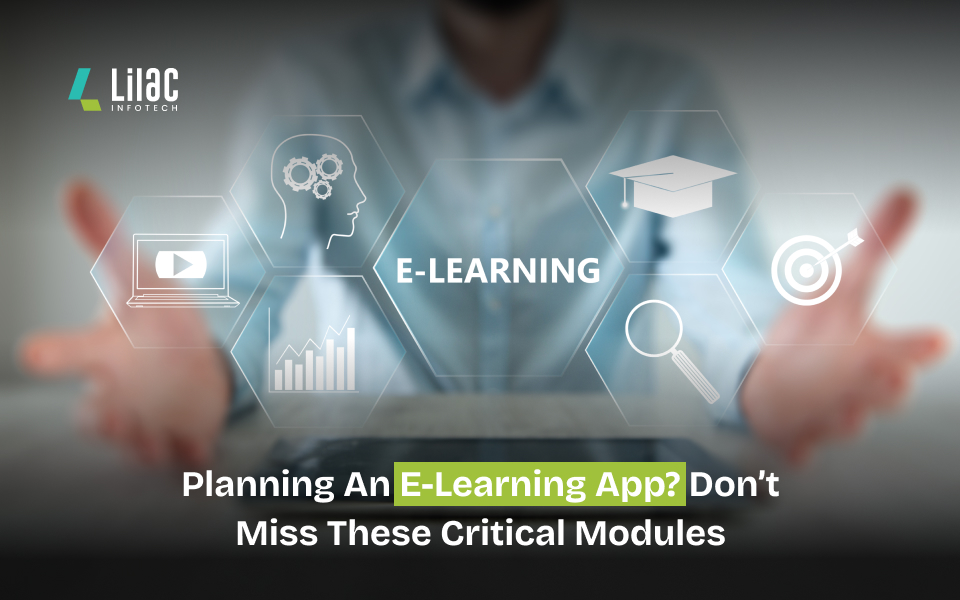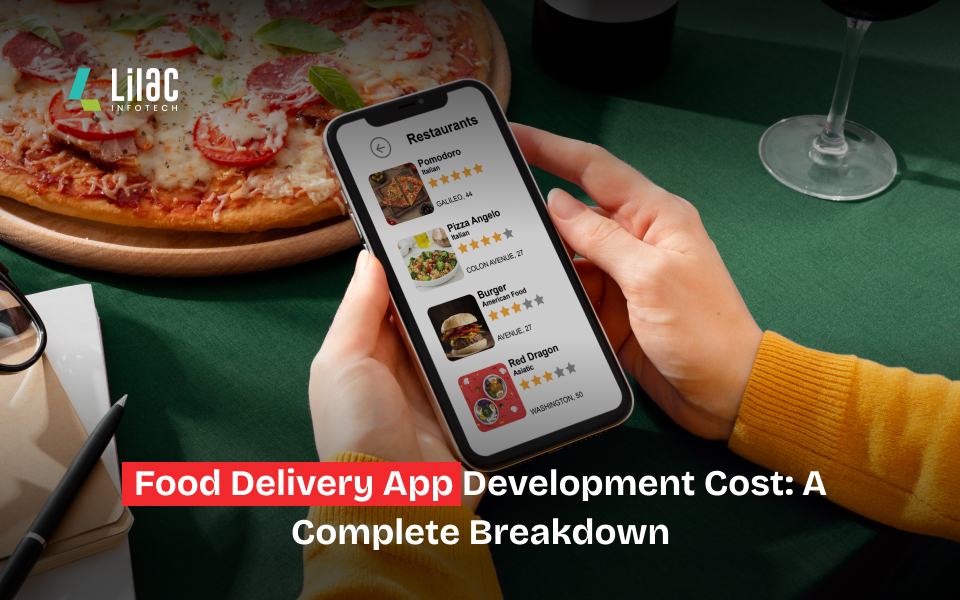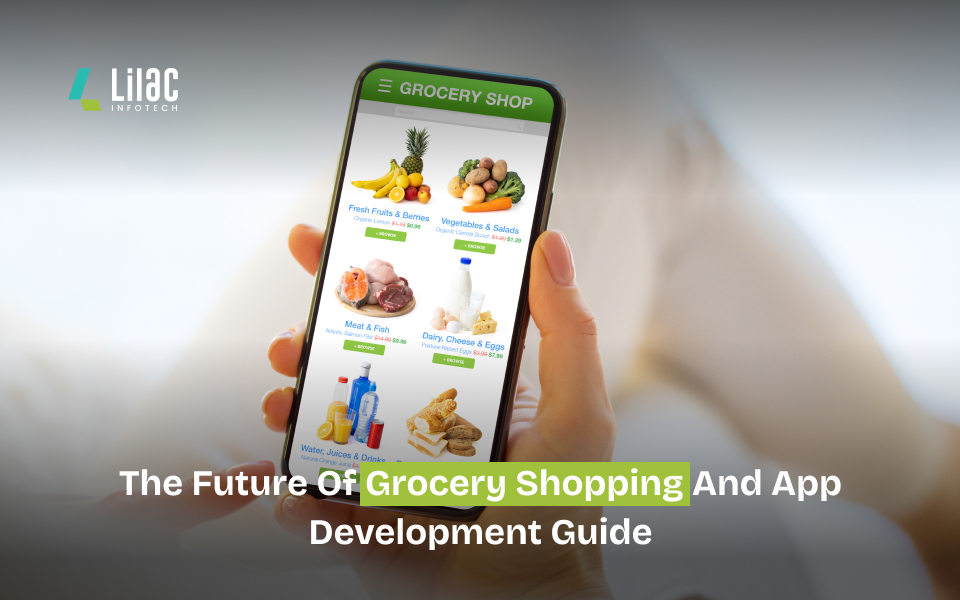
With the rapid rise in mobile phone and tablet usage, e-learning has experienced remarkable growth, driven by technological advancements. Its growing popularity stems from the convenience it offers — allowing learners to access content anytime, anywhere. Moreover, with e-learning platforms, there are no boundaries to what one can learn; distance is no longer a barrier. Whatever you wish to learn, you can now do so effortlessly.
Beyond its educational advantages, e-learning also presents a significant business opportunity. According to market research, the mobile learning market is projected to reach USD 604.8 billion by 2033. Additionally, emerging technologies such as AI-powered educational games and chatbots for students and teachers are expected to gain traction in the coming years.
Developing an e-learning app is not an easy task for either the developer or the business owner — it requires strategic planning to ensure success. From defining your goals to selecting the right features and technology stack, every decision plays a crucial role. Here are some key factors to consider when planning an e-learning app.
1. Know Your Aim
When it comes to e-learning app development, there are numerous ideas you can explore — from skill development and academic tutoring to test preparation and corporate training. Having a clear goal helps you define the design, structure, and functionality of your app effectively.
2. Identify Your Audience
After outlining your objectives, identify your target audience — whether students, professionals, or corporate trainees. Understanding your audience enables you to design personalized learning experiences and develop content that aligns with their specific needs.
3. Choose the Best Features
With many educational platforms available today, you need to include unique and value-driven features to stand out from competitors. Some essential features commonly found in e-learning apps include:
- User profile signup and login
- Live classes and chat support
- Recorded session library
- Recognition boards or awards
- Push notifications
These are just the basics — conduct in-depth research and integrate features that best suit your learning model and goals.
4. Create a User-Friendly UX/UI
A clean, intuitive, and engaging interface is key to ensuring an exceptional user experience. Focus on easy navigation, consistent design elements, and minimal loading times to create a smooth learning journey. Partnering with a mobile app development company can help you achieve an optimized UX/UI design that enhances learner engagement.
5. Select a Scalable Technology Stack
Choosing the right technology stack is essential for scalability, performance, and data security. Consider using cloud-based infrastructure and AI-powered tools to enhance personalization, automate processes, and improve overall efficiency.
6. Content, Images, and Their Usage
High-quality, interactive, and engaging content is the heart of any e-learning app. Incorporate images, infographics, and videos to make learning visually appealing and easier to understand. A strong visual approach helps users quickly grasp complex concepts and better connect with your app’s ideology.
7. Understand the Monetization Opportunity
Identify how your app will generate revenue. Options include subscription plans, freemium models, in-app purchases, and paid certifications. You can also explore partnerships with educational institutions or organizations. Conduct thorough research, and consult your mobile app development company to find the most effective monetization strategy for your app.
8. Data Privacy and Security
User trust is built on data protection. Ensure your app follows robust security protocols and complies with regulations like GDPR. Protecting user data not only enhances credibility but also ensures long-term sustainability.
9. Testing and Feedback
Before launch, conduct beta testing to identify and fix bugs. Gather user feedback to refine your app’s functionality and user experience. Regular updates and improvements help retain learners and boost engagement over time.
10. Promotion and Online Marketing
A well-developed app still needs the right visibility. Build a solid marketing strategy to attract and retain users. Use App Store Optimization (ASO), social media marketing, influencer collaborations, and email campaigns to enhance your app’s online presence and reach.
Conclusion
Planning an e-learning app goes beyond coding and design — it’s about understanding learners, creating interactive experiences, and delivering continuous value. With the right strategy, features, and technology, your app can become a powerful tool in modern education. Collaborate with an experienced mobile app development company to bring your vision to life and stay ahead in the ever-evolving e-learning market.



















Post a Comment